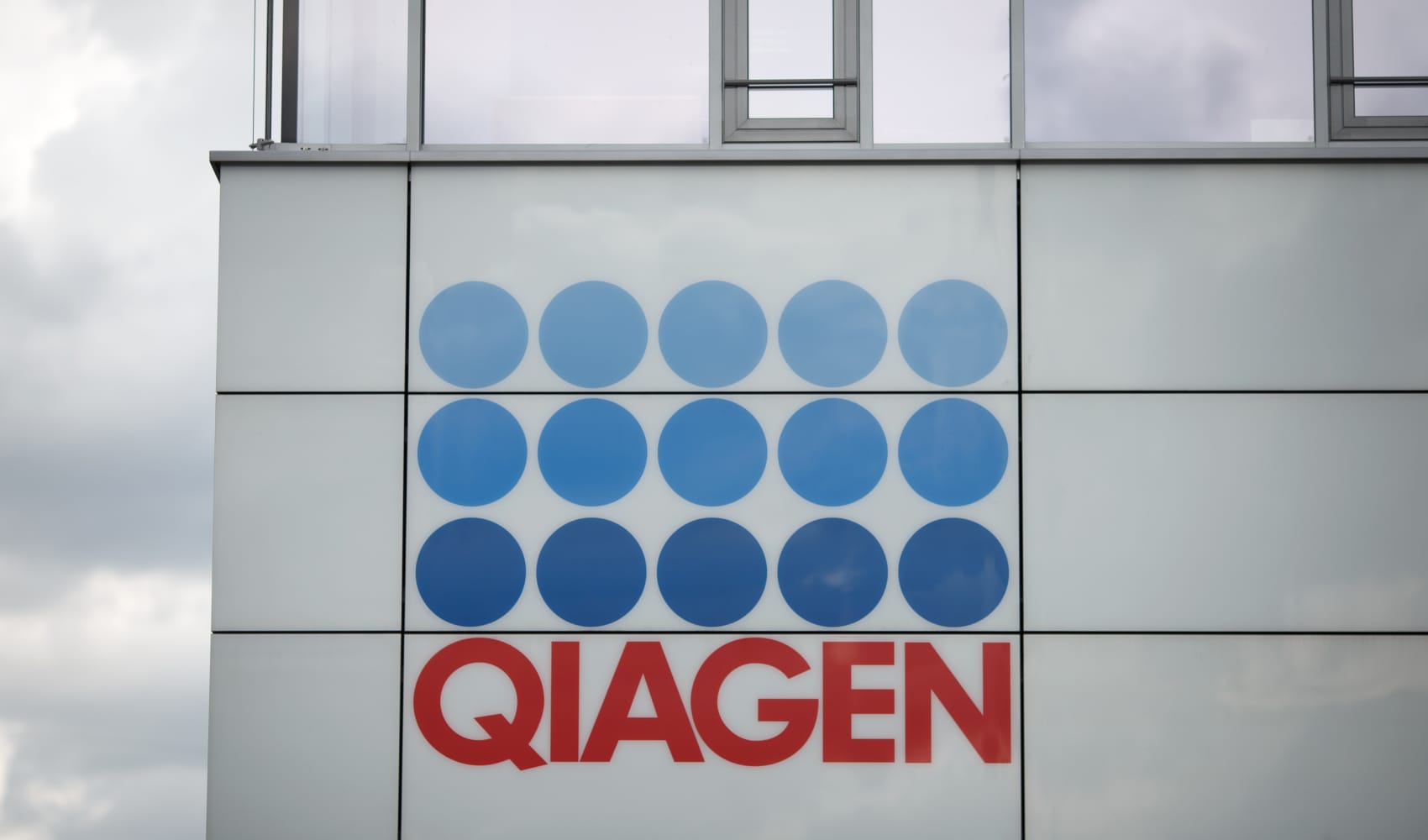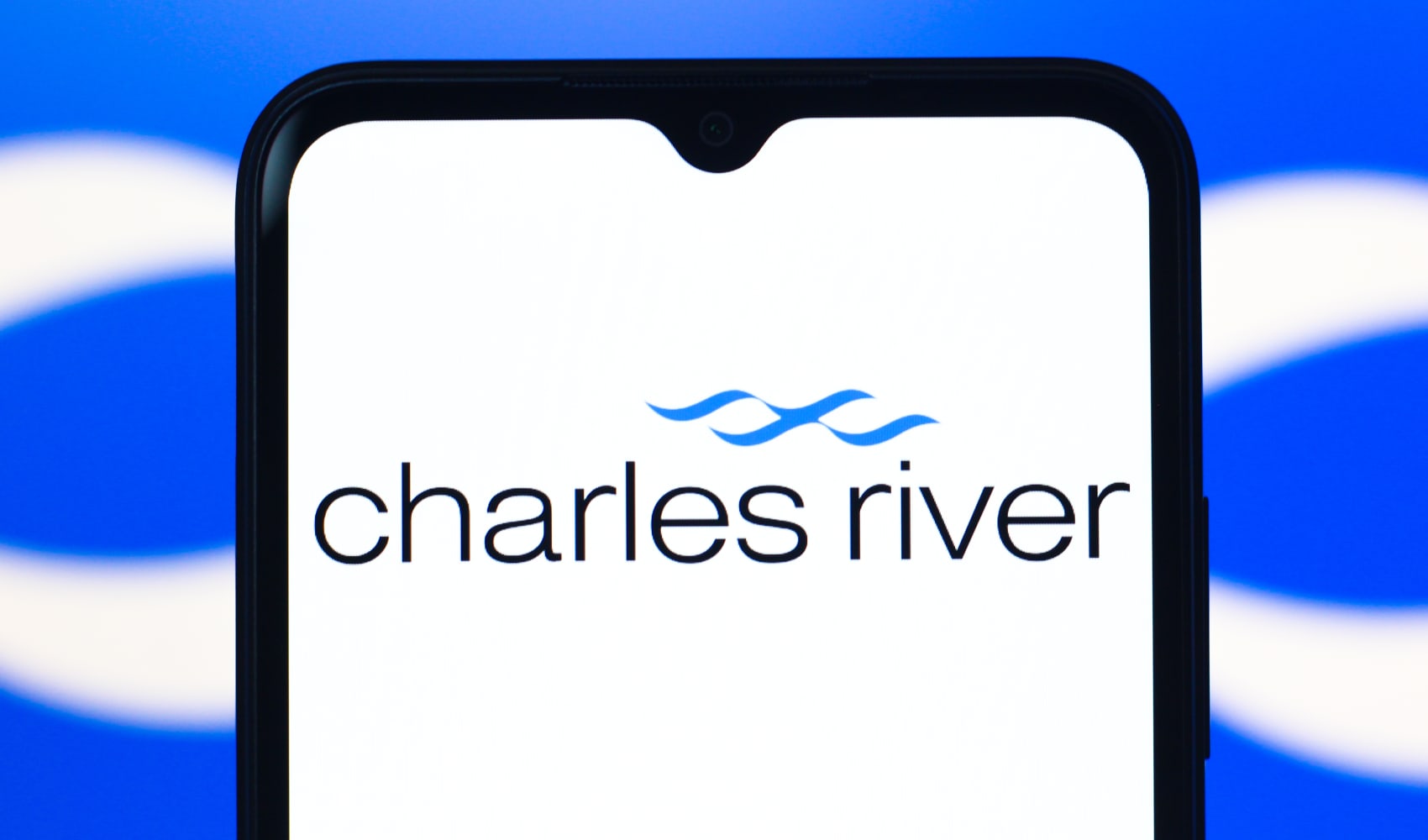Qiagen's Growth: 3 Levers Fivespan Can Pull
Activist Investor Eyes Qiagen: 3 Levers for Growth & Value Surge
Introduction: Qiagen in the Spotlight
Qiagen, a name synonymous with sample and assay technologies, has recently found itself under the gaze of activist investor Fivespan. But why the sudden interest? And more importantly, what does this mean for the company's future growth and overall value? Think of Qiagen as a well-oiled machine with untapped potential. Fivespan believes they can help unlock that potential. This article delves into the specific levers Fivespan is likely pushing to boost Qiagen's performance, offering insights for investors and industry enthusiasts alike. It's all about maximizing value.
Fivespan's Stake: A Catalyst for Change?
Activist investors often buy stakes in companies they believe are undervalued. They then use their influence to push for changes that can increase the company's stock price. Is this what's happening with Qiagen? It certainly seems so. Fivespan likely sees opportunities that others have overlooked, or perhaps they feel the company isn't executing its strategy as effectively as it could. Either way, their involvement signals a potential shift in direction for Qiagen.
What does it mean to be an 'Activist Investor'?
Imagine an activist investor as a shareholder who doesn’t just sit quietly. They actively engage with the company's management, suggesting or even demanding changes to improve performance. They might push for cost cuts, strategic shifts, or even a complete overhaul of the leadership team. Their goal is simple: to increase shareholder value.
Lever #1: Operational Efficiency - Streamlining for Success
One of the most common levers used by activist investors is improving operational efficiency. This means cutting costs, streamlining processes, and making the company leaner and more agile. How can Qiagen become more efficient? Let's explore some possibilities.
Cost Reduction Strategies
Where can Qiagen cut costs without sacrificing quality? Perhaps they can renegotiate contracts with suppliers, consolidate facilities, or reduce overhead expenses. Even small savings can add up to significant improvements in the bottom line.
Process Optimization: Doing More with Less
Are there bottlenecks in Qiagen's workflows? Can processes be automated or simplified? Improving efficiency is not just about cutting costs; it's also about making things easier for employees and customers alike. Think of it as decluttering your workspace – a streamlined workspace leads to increased productivity.
Supply Chain Management: Strengthening the Backbone
A strong supply chain is crucial for any company, especially one in the life sciences industry. Are there opportunities for Qiagen to improve its supply chain management? This could involve diversifying suppliers, negotiating better terms, or implementing more efficient inventory management systems.
Lever #2: Strategic Focus - Sharpening the Vision
A clear strategic focus is essential for any company that wants to succeed in the long term. Is Qiagen focused on the right markets and technologies? Are they allocating resources effectively? Fivespan may be pushing for a sharper strategic focus.
Divesting Non-Core Assets: Focusing on Strengths
Does Qiagen have any businesses or assets that are not core to its long-term strategy? Divesting these assets could free up capital and allow the company to focus on its core strengths. Think of it as pruning a tree to encourage growth in the most promising branches.
Investing in Innovation: The Future is Now
Innovation is the lifeblood of any company in the life sciences industry. Is Qiagen investing enough in research and development? Are they focusing on the right technologies? Fivespan might be advocating for increased investment in innovation.
Market Expansion: Reaching New Customers
Are there new markets that Qiagen could be targeting? Expanding into new geographic regions or customer segments could drive significant growth. This might involve adapting products to local needs or forming strategic partnerships with local players.
Lever #3: Capital Allocation - Optimizing Resource Deployment
How a company allocates its capital is a critical factor in its long-term success. Is Qiagen using its cash effectively? Are they making smart investments? Fivespan may be pushing for a more disciplined approach to capital allocation.
Share Buybacks: Returning Value to Shareholders
Share buybacks can be a way to return value to shareholders. By repurchasing shares, the company reduces the number of shares outstanding, which can increase earnings per share and boost the stock price. Is this a viable option for Qiagen?
Dividend Policy: Attracting Investors
A consistent and growing dividend can attract income-seeking investors. Is Qiagen's dividend policy appropriate? Fivespan might be pushing for a higher dividend payout ratio or a more predictable dividend growth rate.
Mergers & Acquisitions: Strategic Growth
Strategic acquisitions can be a way to accelerate growth and expand into new markets. Is Qiagen actively pursuing acquisition opportunities? Are they making smart acquisitions that create value for shareholders? M&A activity can be a powerful lever for growth, but it must be approached with caution.
The Importance of Transparency and Communication
For any of these levers to be effective, Qiagen needs to be transparent and communicative with its shareholders. This means clearly articulating its strategy, providing regular updates on its progress, and being open to feedback from investors. Open communication builds trust and can help to align everyone behind a common goal. Trust is key to successful collaboration.
Potential Challenges and Risks
Implementing these changes will not be without its challenges. There could be resistance from employees, disagreements among board members, or unforeseen market conditions. It's important for Qiagen to be prepared for these challenges and to have a plan in place to mitigate the risks. Change is never easy, but it's often necessary for growth.
Conclusion: A New Chapter for Qiagen?
Fivespan's stake in Qiagen could mark the beginning of a new chapter for the company. By focusing on operational efficiency, strategic focus, and capital allocation, Qiagen has the potential to unlock significant value for shareholders. While challenges undoubtedly lie ahead, the potential rewards are substantial. Whether Qiagen fully embraces these changes remains to be seen, but one thing is certain: the spotlight is now firmly on Qiagen, and all eyes will be watching to see what happens next. The future looks promising.
Frequently Asked Questions
Here are some frequently asked questions about Fivespan's involvement in Qiagen:
- Why did Fivespan invest in Qiagen?
Fivespan likely believes Qiagen is undervalued and sees opportunities to improve the company's performance and increase shareholder value.
- What are the potential benefits of Fivespan's involvement?
Potential benefits include improved operational efficiency, a sharper strategic focus, and a more disciplined approach to capital allocation, all of which could lead to higher profits and a higher stock price.
- What are the potential risks?
Risks include resistance from employees, disagreements among board members, and unforeseen market conditions that could hinder the implementation of Fivespan's proposed changes.
- How will Qiagen's strategy be affected?
Fivespan will likely advocate for changes to Qiagen's strategy, which could include divesting non-core assets, investing in innovation, and expanding into new markets.
- What should investors do?
Investors should closely monitor Qiagen's progress and assess whether the changes being implemented are creating value for shareholders. It's always wise to do your own due diligence before making any investment decisions.

